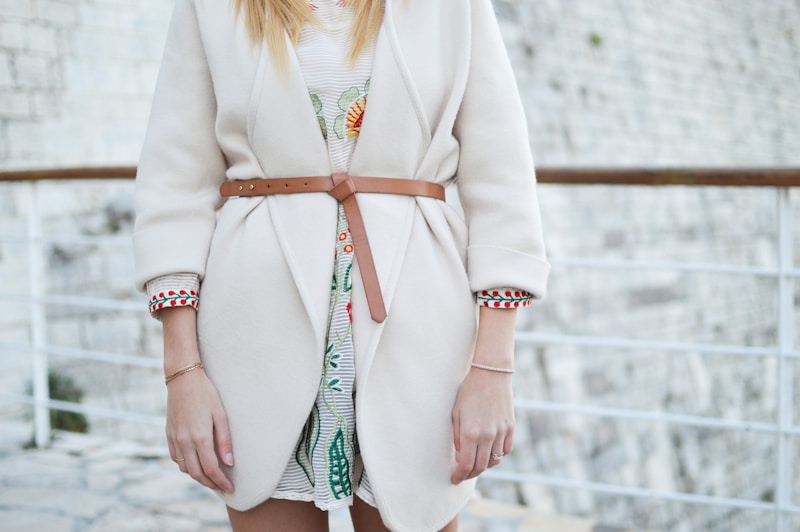Exploring Fashion Trends in Historic Weddings: A Timeless Journey
Exploring Fashion Trends in Historic Weddings: A Timeless Journey
Weddings have always been a significant part of human culture, and the fashion trends associated with them reflect the societal values, aesthetics, and traditions of their times. From regal gowns to simple yet elegant attire, fashion trends in historic weddings tell a fascinating story of love, cultural exchange, and creativity. In this article, we will delve into the evolution of wedding fashion from different historical periods, discuss notable examples, and explore the influence of culture and tradition on contemporary wedding styles.
The Evolution of Wedding Fashion
Wedding attire has undergone remarkable transformations, influenced by various factors including social class, cultural norms, and technological advancements. Here’s a brief overview of how different historical periods have shaped wedding fashion:
| Period | Dress Style | Key Features |
| Ancient Egypt | Simple and Flowing | Light linen, honorific accessories |
| Medieval Europe | Complex Gowns | Brocade, long sleeves, veils |
| Victorian Era | Extravagant Dresses | High necklines, intricate lace, petticoats |
| Modern Era | Diverse Styles | Variety in fabrics, mixes of tradition and modernity |
Historic Influences on Wedding Attire
The choice of wedding attire throughout history was often dictated by social status. For instance, royalty and the wealthy would wear extravagant garments adorned with jewels and fine fabrics, while the lower classes wore simpler, more practical clothing. These choices were not just aesthetic but also represented one’s place in society.
Notable Examples of Historic Wedding Fashion
1. The Royal Wedding of Queen Victoria: Queen Victoria's wedding to Prince Albert in 1840 marked a significant moment in wedding fashion. She wore a white silk satin gown, which was a departure from the traditional colors of red and gold. This choice popularized white wedding dresses, influencing generations to come.
2. The Flapper Era: In the 1920s, weddings reflected the free-spirited, cultural changes of the time. Flapper brides wore shorter dresses with dropped waists, often adorned with beads and fringe, breaking away from the more conservative styles of previous decades.
Modern Interpretations and Trends
Today, fashion trends in historic weddings often inspire newlyweds to blend vintage styles with contemporary elements, creating unique and personalized looks. Some popular modern wedding attire inspirations include:
- Vintage Lace: Many brides today opt for delicate lace fabrics reminiscent of Victorian styles.
- Bohemian Influences: Flowing dresses with floral elements, inspired by medieval traditions, are significant in modern bohemian wedding themes.
- Colorful Attire: Incorporating vibrant colors and cultural attire, akin to royal traditions worldwide, can make a wedding distinctly personal.

Regional Influences on Wedding Fashion
Fashion trends in historic weddings are not only shaped by socio-economic factors but also by geography. Let’s look at some regional influences on wedding attire.
Asian Wedding Traditions
In many Asian cultures, weddings are marked by vibrant colors and elaborate garments. For example, in India, bridal dresses often feature rich colors like red and gold, adorned with intricate embroidery and jewelry, symbolizing prosperity and purity. Traditional attire varies – in South Asian weddings, brides may wear sarees or lehengas, while Chinese brides often don red qipaos as a symbol of good fortune.
Western Wedding Trends
In Western countries, the traditional white dress became a standard following Queen Victoria's influence. However, modern weddings embrace eclectic styles, from vintage-inspired lace to minimalist silhouettes. Grooms also participate in fashion trends, enjoying tailored suits that resonate with vintage elements, such as bow ties and suspenders.
Contemporary Wedding Fashion Trends
As society continues to evolve, so do wedding fashion trends. Here are some contemporary trends that echo historic styles:
- Sustainable Fashion: Many modern couples are choosing to wear eco-friendly materials, mirroring the simplicity of past times.
- Mixing Eras: Combining pieces from different periods, such as a vintage lace top with a modern skirt, allows for individual expression.
- Inclusivity in Fashion: The rise of unisex and culturally diverse wedding attire is reminiscent of historical practices that valued inclusion and representation.
Conclusion: The Timelessness of Wedding Fashion
Fashion trends in historic weddings provide a rich tapestry of cultural expectations, societal norms, and individual expressions. Modern brides and grooms can draw inspiration from these trends to create memorable wedding experiences that reflect both history and personal style. As we continue to navigate contemporary influences, it’s essential to honor the roots of these trends while making them our own.
In conclusion, when planning a wedding, consider incorporating elements from historic wedding fashion to add depth and meaning to your attire. Whether through vintage lace, colorful cultural attire, or sustainable materials, your choice can tell a story that resonates with past traditions while embracing modern ideals. Remember, wedding attire is not just about fashion; it's about celebrating love and unity through generations.
